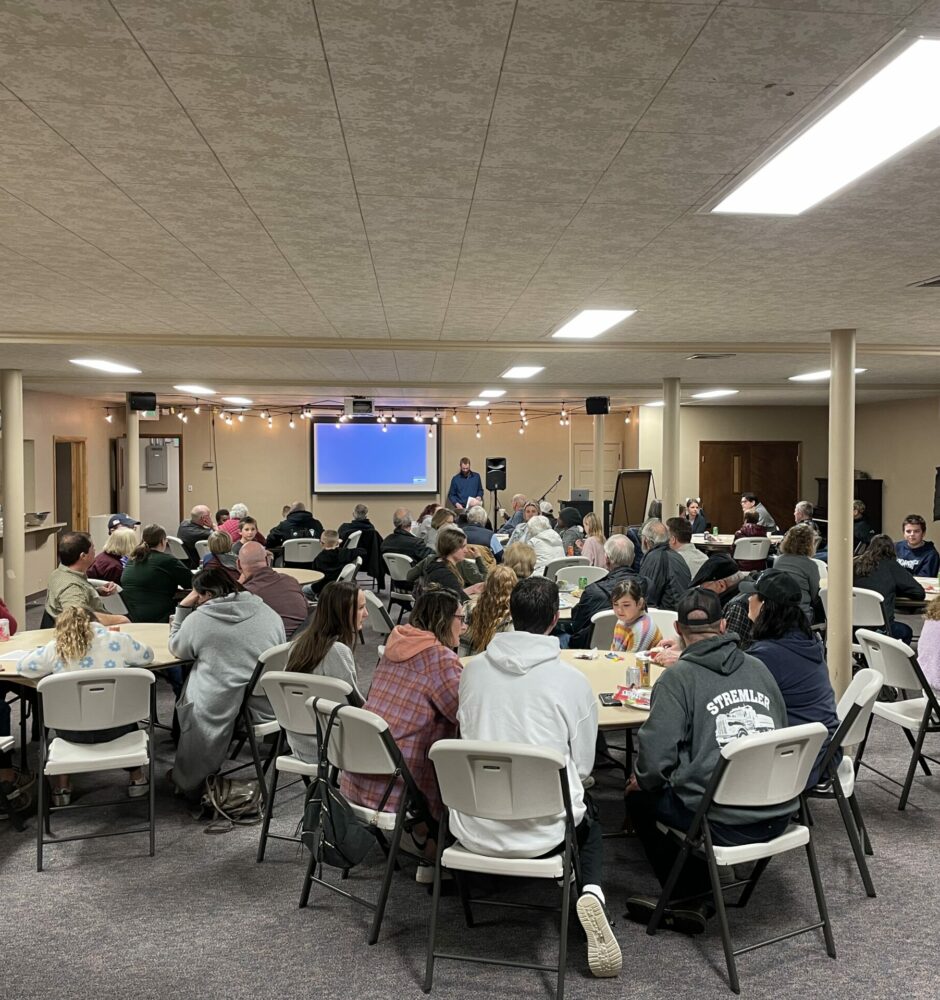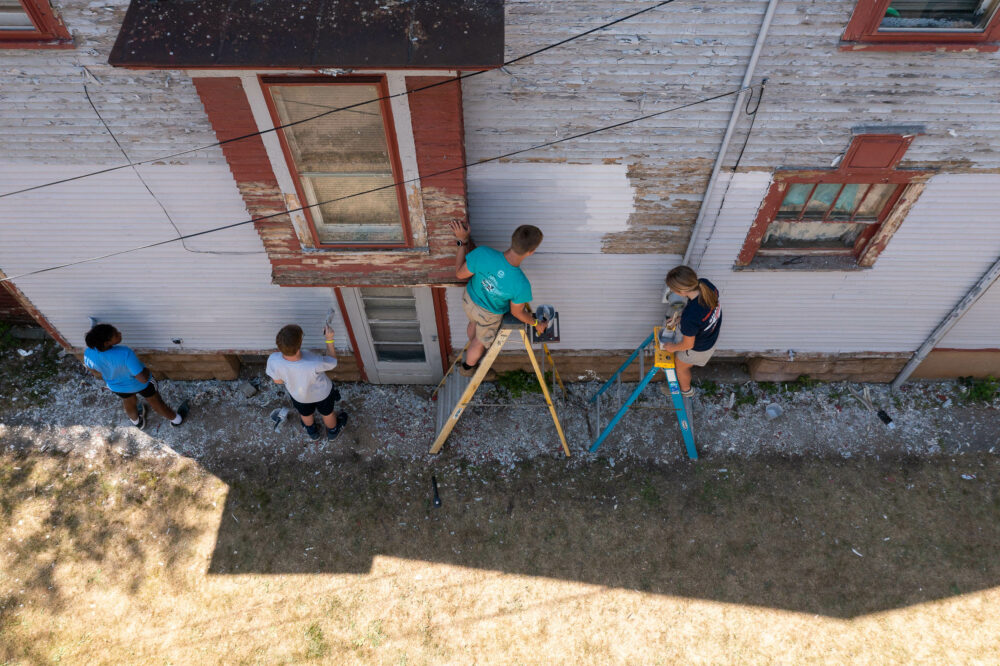If you were born before 1980, I’m sure you’ve noticed an interesting trend: it seems that every generation of adults looks at the newest batch of kids and is sure they are the worst bunch of rebels our world has ever seen. Thousands of years ago, Socrates wrote of the misguided youth in Greece and was sure they were “good for nothing”. He actually wrote that kids in his day were:
- Lazy
- Disrespectful
- Lacking in responsibility
Doesn’t that sound strangely familiar?
I’ve noticed something else as I’ve studied today’s newest batch of students, the ones I call Generation iY. (They’re the kids born since 1990 — the second half of Generation Y — that some sociologists believe are the first portion of Generation Z.) What I’ve noticed is that we adults, on some levels, are guilty of the same negative elements we point out in them.
With each generation, changes take place. There are patterns to be observed that leaders should take note of today. For instance, I have noticed…
- With each new generation, time becomes more valuable.
- With each new generation, expectations of convenience and service rise.
- With each new generation, the demand for work to have meaning intensifies.
- With each new generation, the hunger for options grows.
- With each new generation, the sense of entitlement increases.
- With each new generation, the need for speed and space goes up.
- With each new generation, the desire for customization expands.
By knowing these realities, we can take a step forward in mentoring students. And let’s face it: the newest technologies (and the conveniences that come with them) affect all of us, not just the kids. This has always been true. When we were growing up, our parents, teachers and coaches often called uslazy slackers.
The key is to understand the current reality students face and ask: What life skills are they missing?Then, we must search out an activity to prescribe that will enable them to develop these timeless qualities they’ll need in life and in leadership. Sometimes the answer to both can be quite simple.
One Simple Secret a Mother and Her Daughter Discovered
For example, a couple of months ago, I posted a blog about how many in the emerging generation of students lacked ambition, discipline and, in fact, were moving back home after finishing school with no plan for the future. One woman replied and told me her daughter was a “case study” on what I had just written about. Her daughter often slept in late and had no passion for anything.
In the blog, I suggested we must introduce activities that will cultivate timeless virtues in young people—then watch what happens. I just received an update from this woman:
Months ago, I responded to your blog in respect to my 25-year old daughter who was sleeping until noon. After reading your blog today, I thought I’d share the hobby she has taken up that has really helped her: sewing. (Yes, you read that word correctly). It has many of the attributes that you mentioned about sports—you must slowly keep working on the process; you must keep learning and getting better. Each week, you can see progress on the specific project you’re working on when you sew. It requires much preparation and planning; it is a lot of tedious work; it usually includes mistakes that you must re-do. But the process pays off in the end. As a seamstress, you eventually get to see a finished product. My daughter is getting much enjoyment from sewing and has quit watching so much TV. She is also getting to bed earlier and getting up earlier. Thanks for your blogs. I gave her a Habitudes book as a graduation present this year.
A Diagnosis and a Prescription
Can you see what happened? All that this young adult needed was an exercise that would engage her. When she found it, her discipline, ambition, passion and emotional maturity began developing. It required more than an angry parent, more than a lecture, more than added house rules. It required a diagnosis and a prescription. Once again, we must ask ourselves:
- What are the missing life skills in our young people?
- What are some engaging activities that would build those life skills?
I have a “heads up” for you that might represent some good news.
In two months, we’ll be releasing an updated version of my book Generation iY: Our Last Chance to Save Their Future (5th Anniversary Edition). The book contains current research and updated case studies on the newest students on your campus, at your workplace, on your team, or even in your home. I talk about these trends and what we can do about them as adults. I also include diagnoses and prescriptions for how we can better engage this emerging generation.
Let me ask you: Have you noticed these trends above? What have you done to build timeless qualities in students, athletes, young employees, or your own kids?
Find out how adults can equip young people to lead us into the future in our best-selling book Generation iY: Our Last Chance to Save Their Future.
Order Today
Generation iY helps adults:
- Guide unprepared adolescents and at-risk kids to productive adulthood
- Correct crippling parenting styles
- Repair damage from (unintentional) lies we’ve told kids
- Guide young people toward real success instead of superficial “self-esteem”
- Adopt education strategies that engage (instead of bore) an “I” generation
- Employ their strengths and work with their weaknesses on the job


